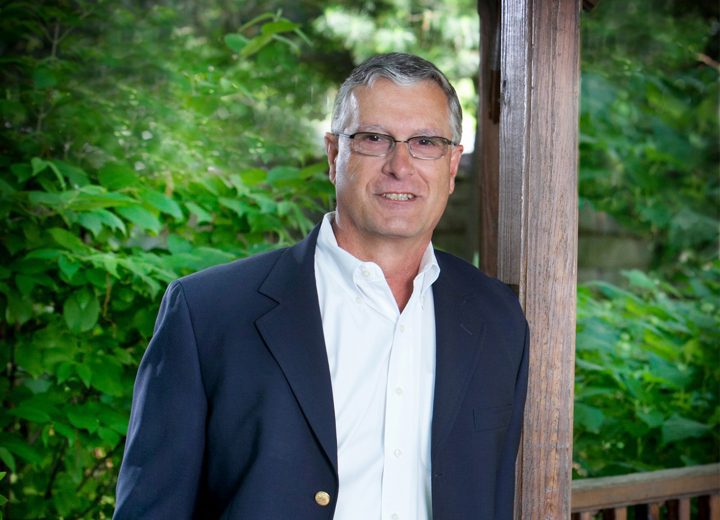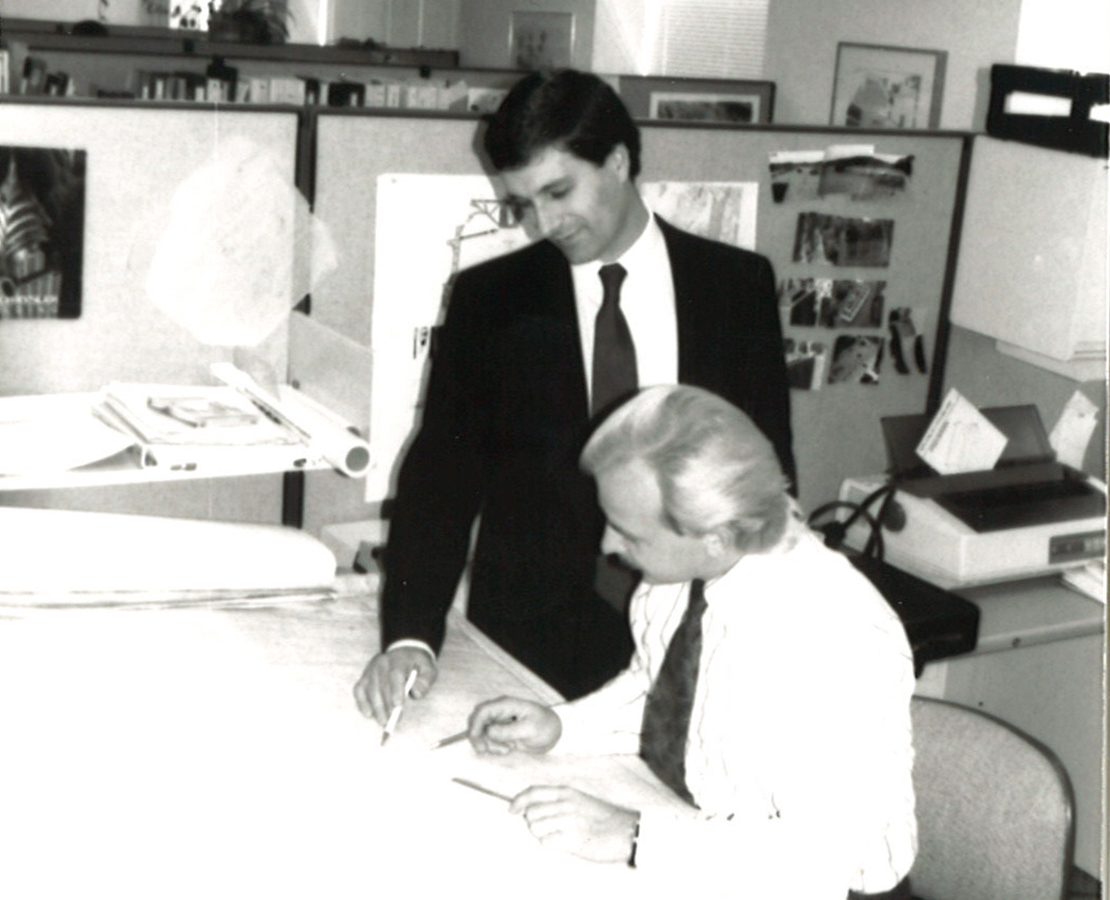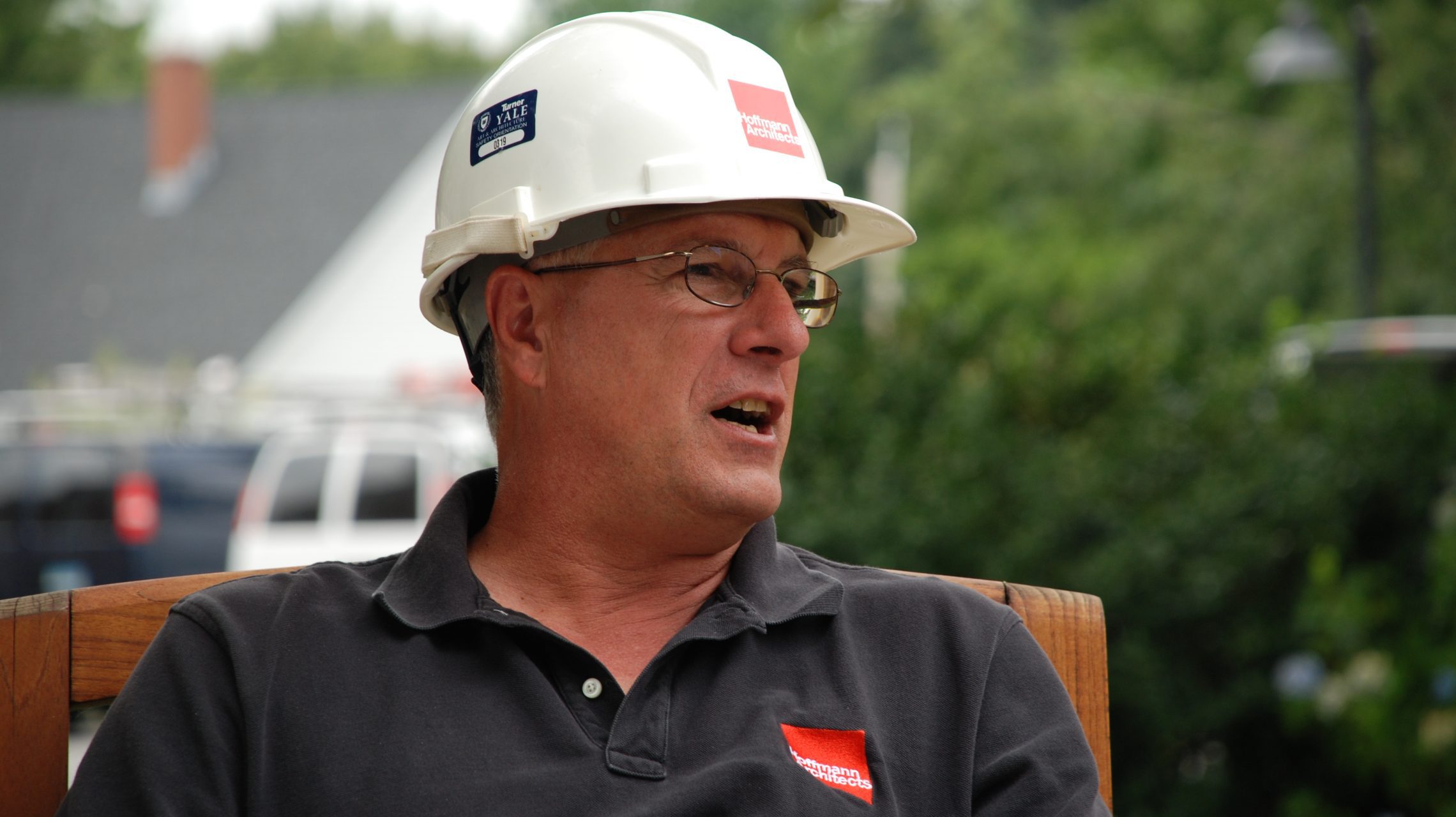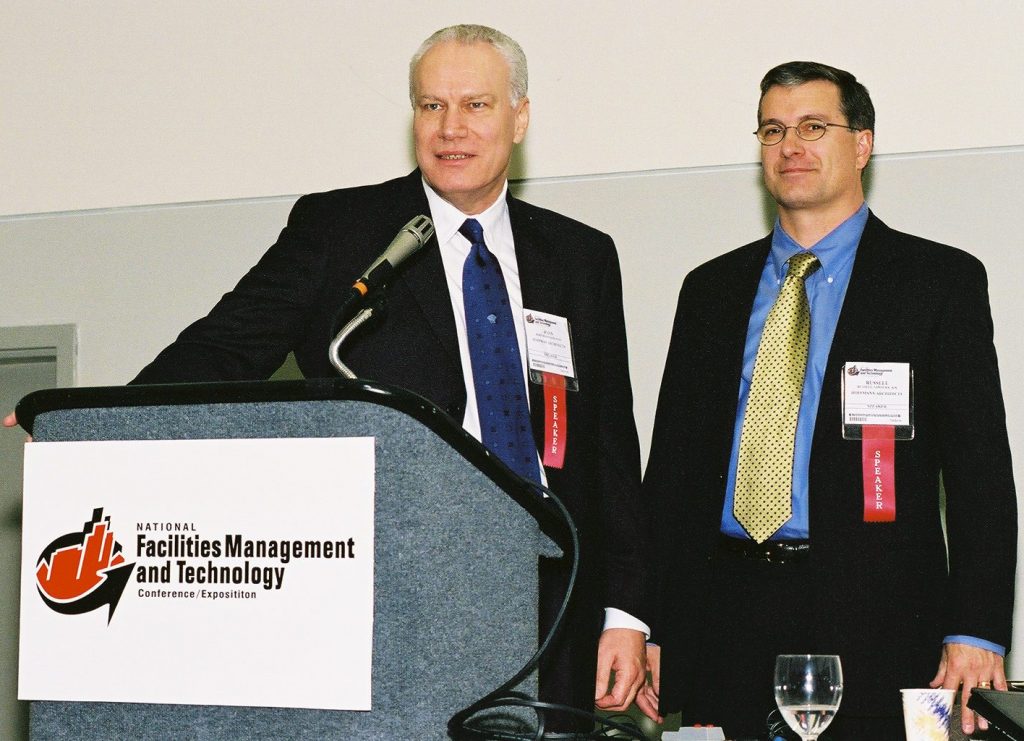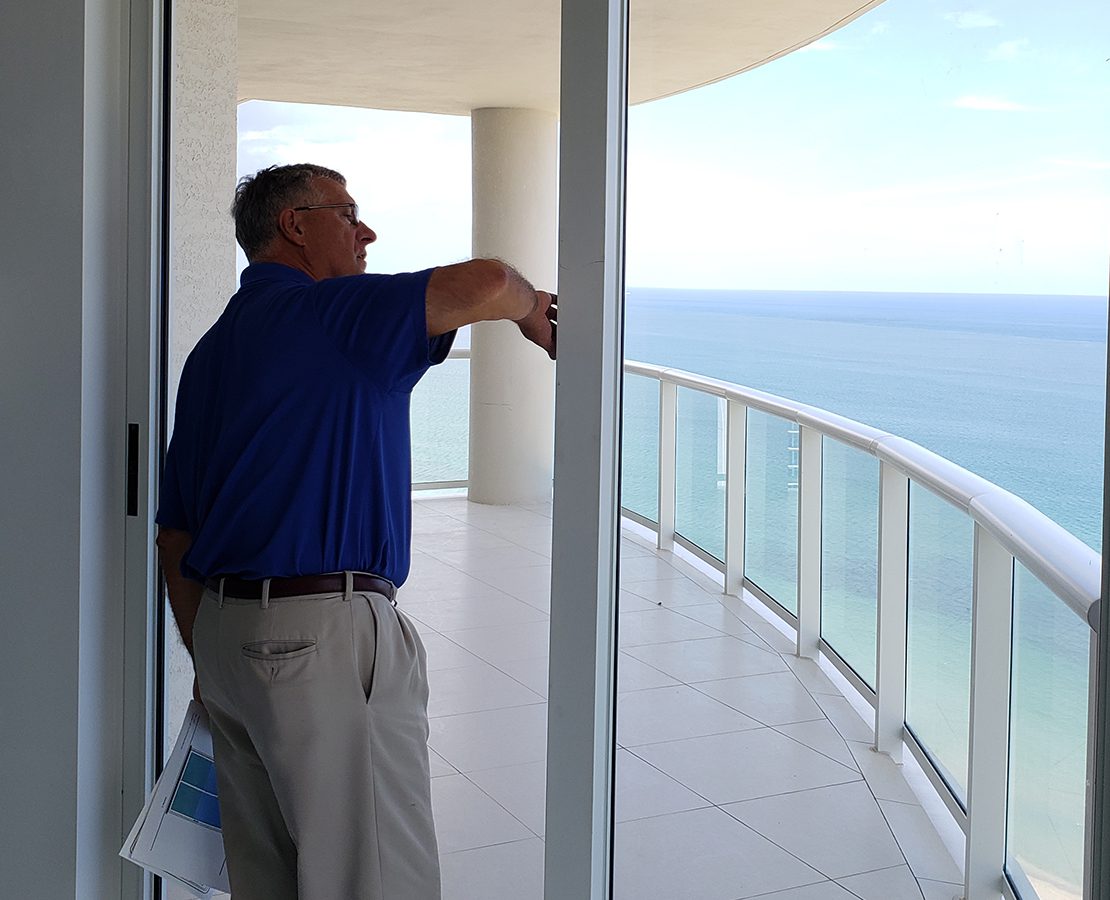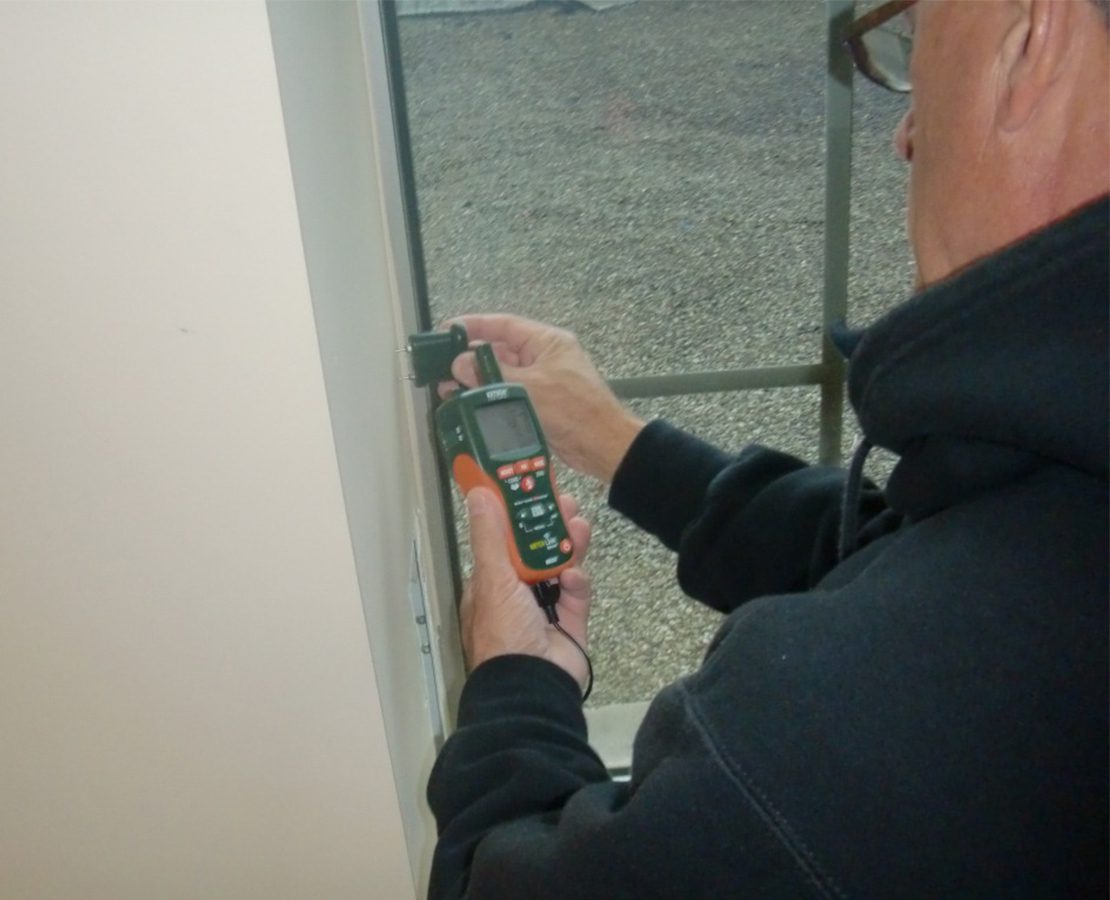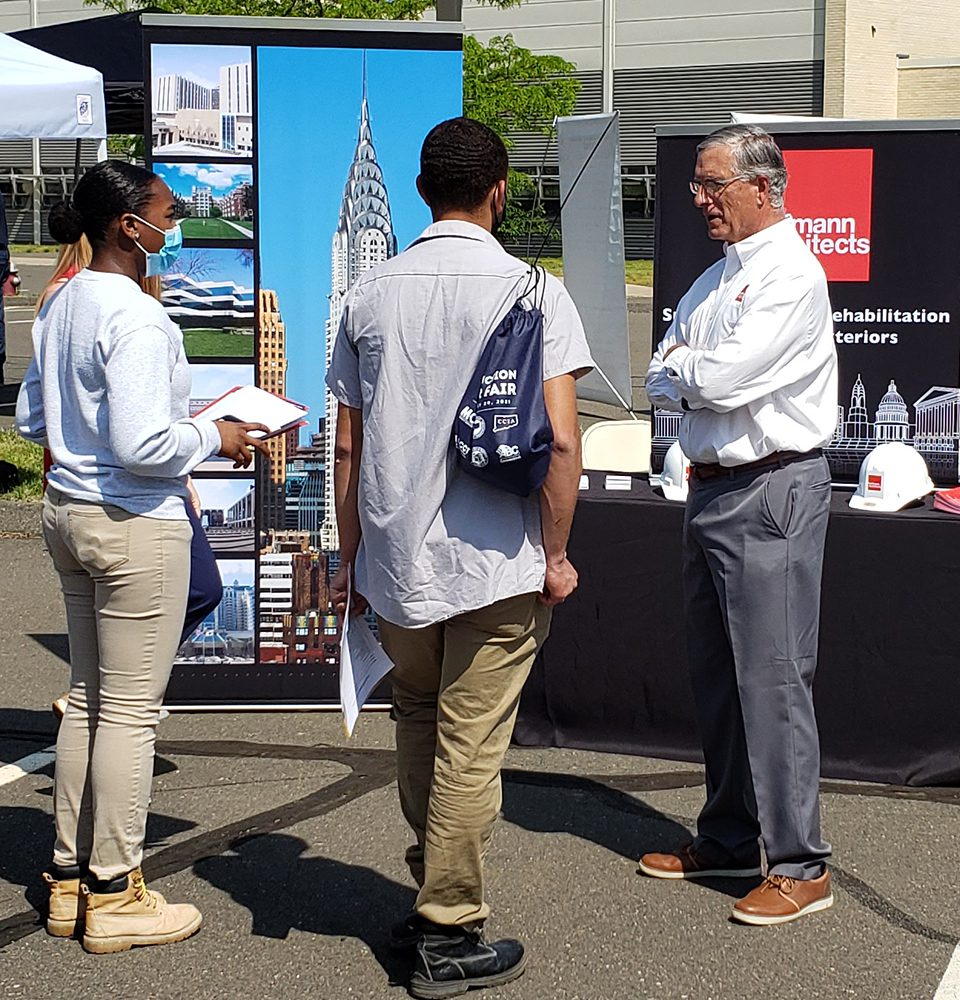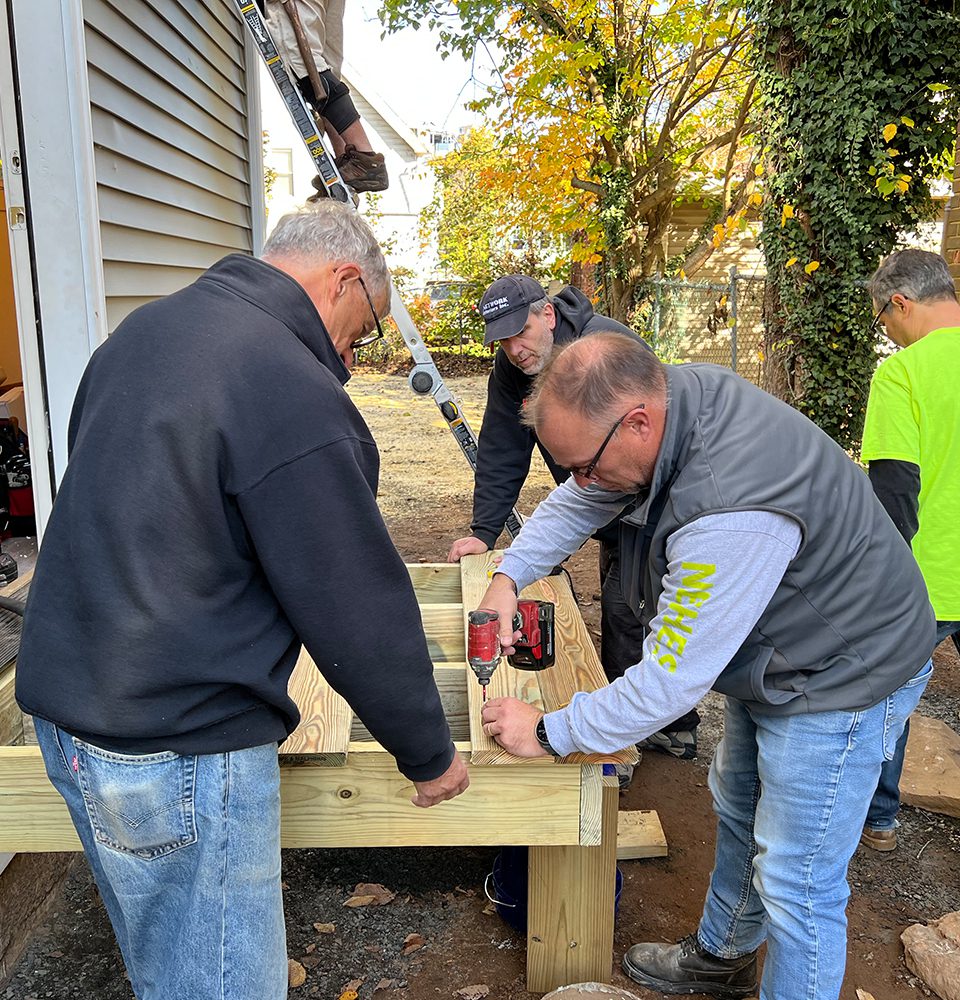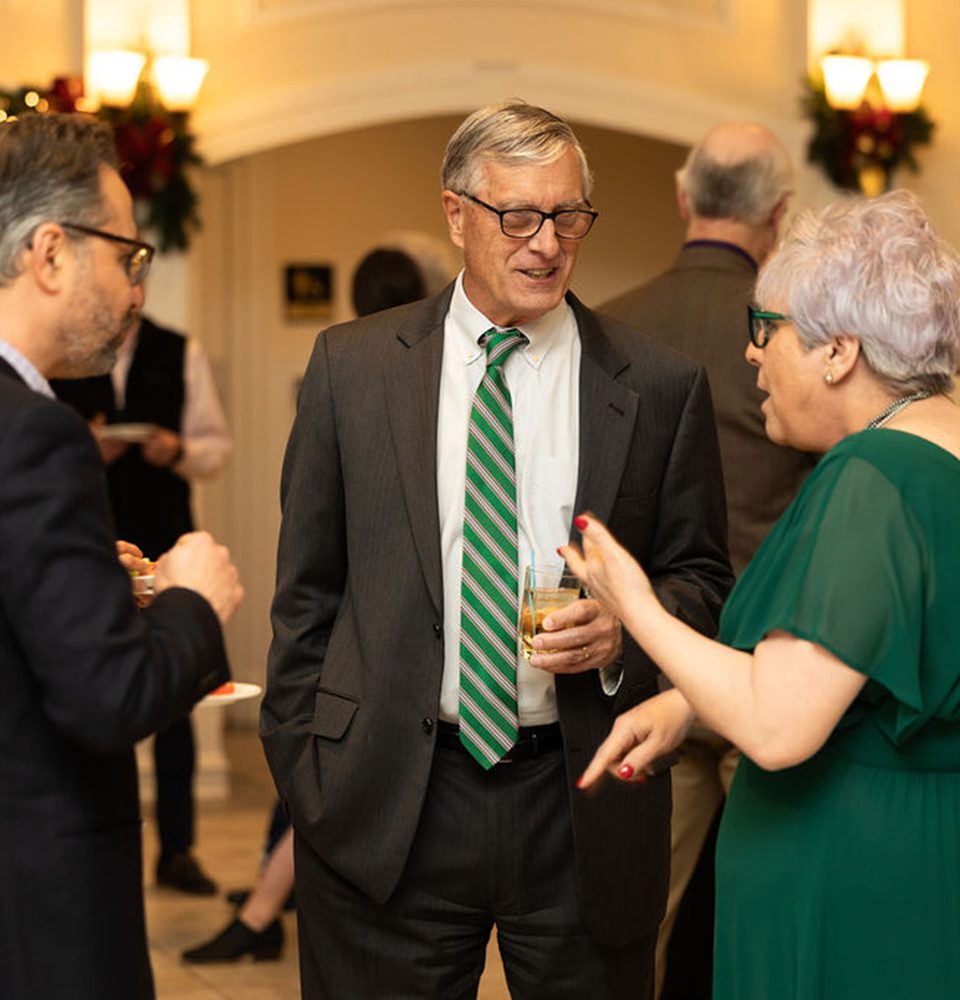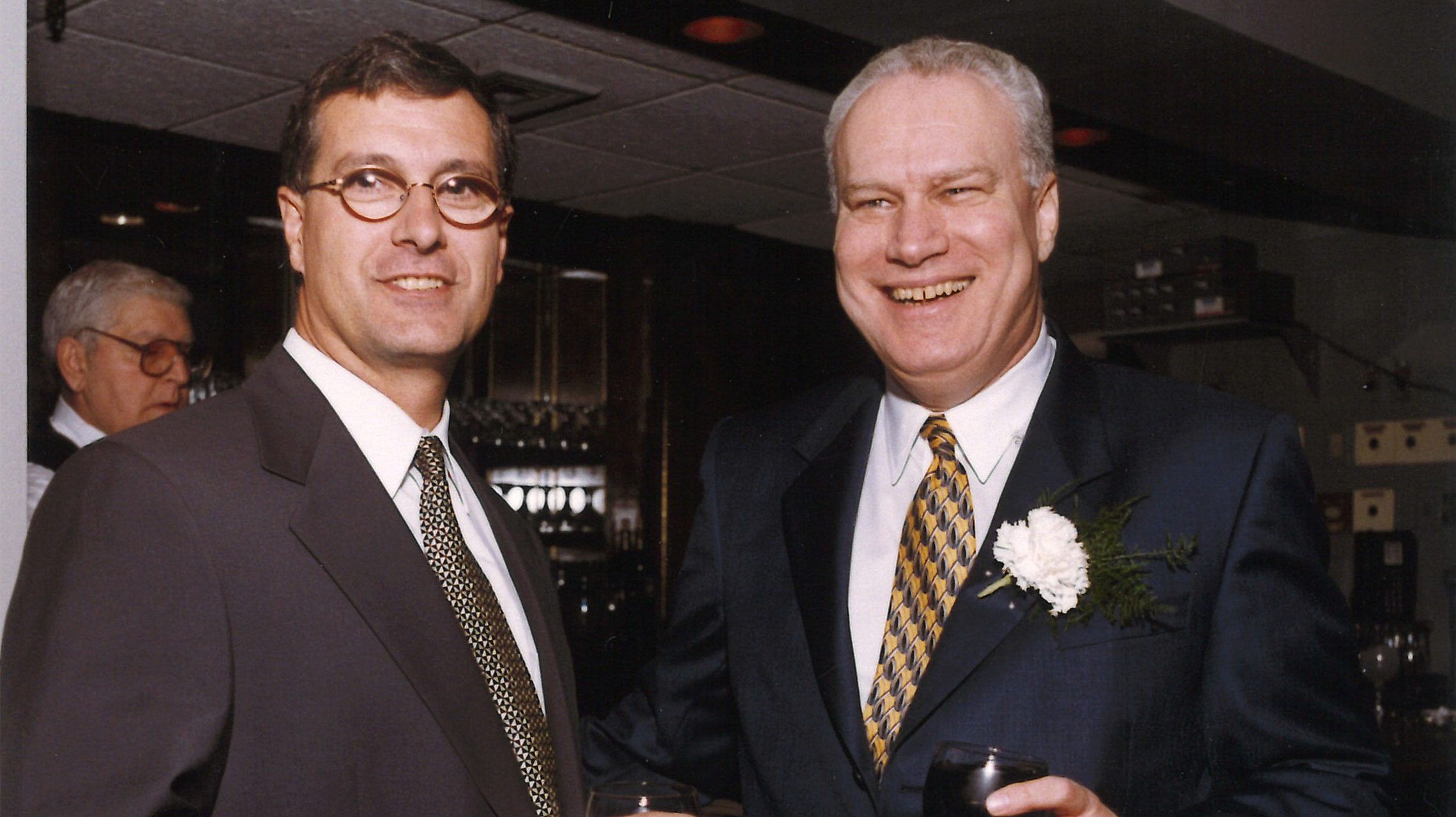Russell Sanders Retires from Hoffmann after 47 Years
Sanders was one of the firm’s first employees and served as President since 2019
Hoffmann Architects + Engineers, a design firm specializing in the rehabilitation of building exteriors, announces the retirement of Russell M. Sanders, AIA this month after nearly five decades with the company.
In 1978, Russ Sanders joined Hoffmann after earning a B.S. degree in Architecture from Ohio State University. With just a few employees, the year-old firm was fertile ground for a motivated young architect, and Sanders soon established himself as a standout worker and a quick study in both technical skills and field experience. He rapidly earned promotions, first to Senior Draftsman/Graduate Architect and then to Project Manager. When he gained licensure in 1988, he was promoted to Project Architect and, not three months later, to Senior Architect and Group Leader. Just ten years into his career, Sanders was recognized for his advanced skillset and dedication to the practice with a promotion to Director, Technical Services, the most senior position available at the firm, reporting directly to owner and founder John J. Hoffmann, FAIA. In 2005, he became an officer of the firm and gained the corporate title of Executive Vice President. When John Hoffmann began transition planning in 2011, he offered Sanders an ownership stake in the company and invited him to serve on the firm’s newly formed Executive Board. By 2016, Sanders had earned a promotion to Senior Director, Technical Services and, two years later, he and Avi Kamrat, CFO, joined John Hoffmann to form the firm’s Board of Directors. When John Hoffmann decided to step down as the firm’s President in 2019, after 41 years at the helm, he named Sanders as his successor. Sanders ably led Hoffmann Architects + Engineers through the challenges of the pandemic, overseeing a period of growth and stability that defied the economic downturn to emerge an even more robust and agile company.
